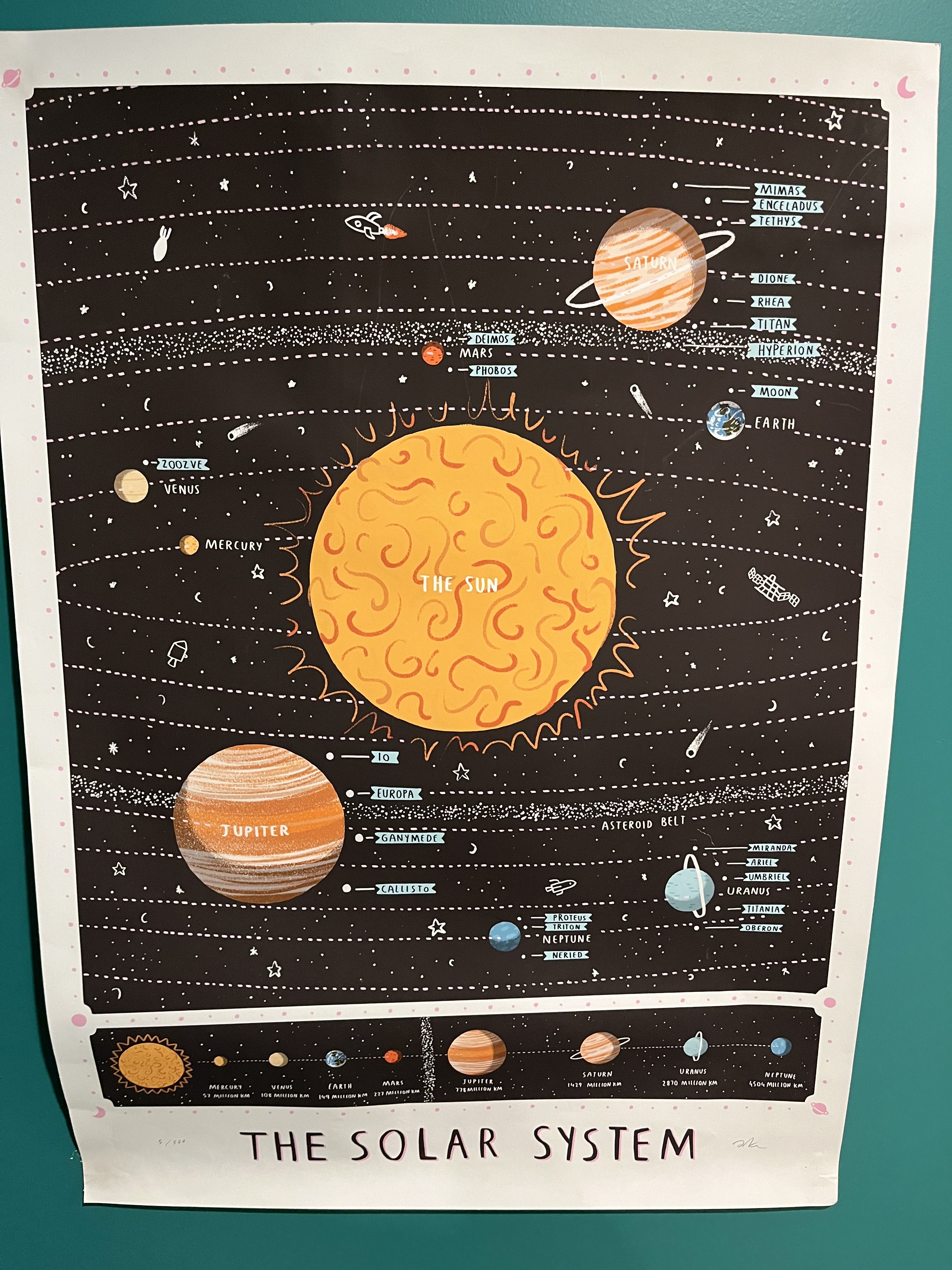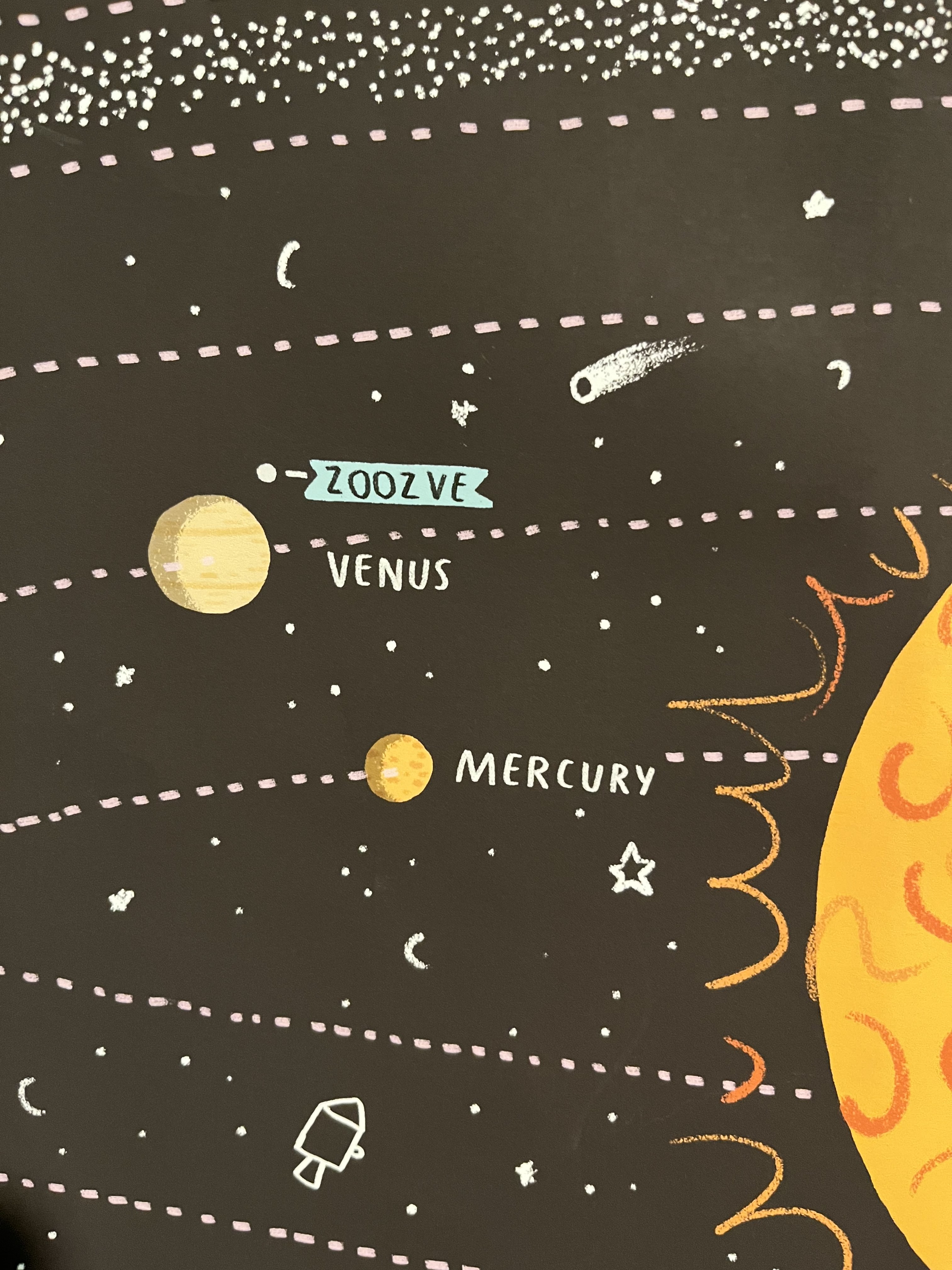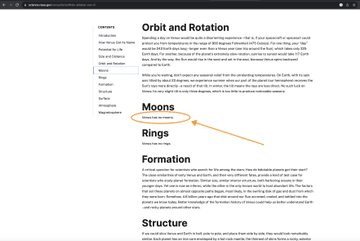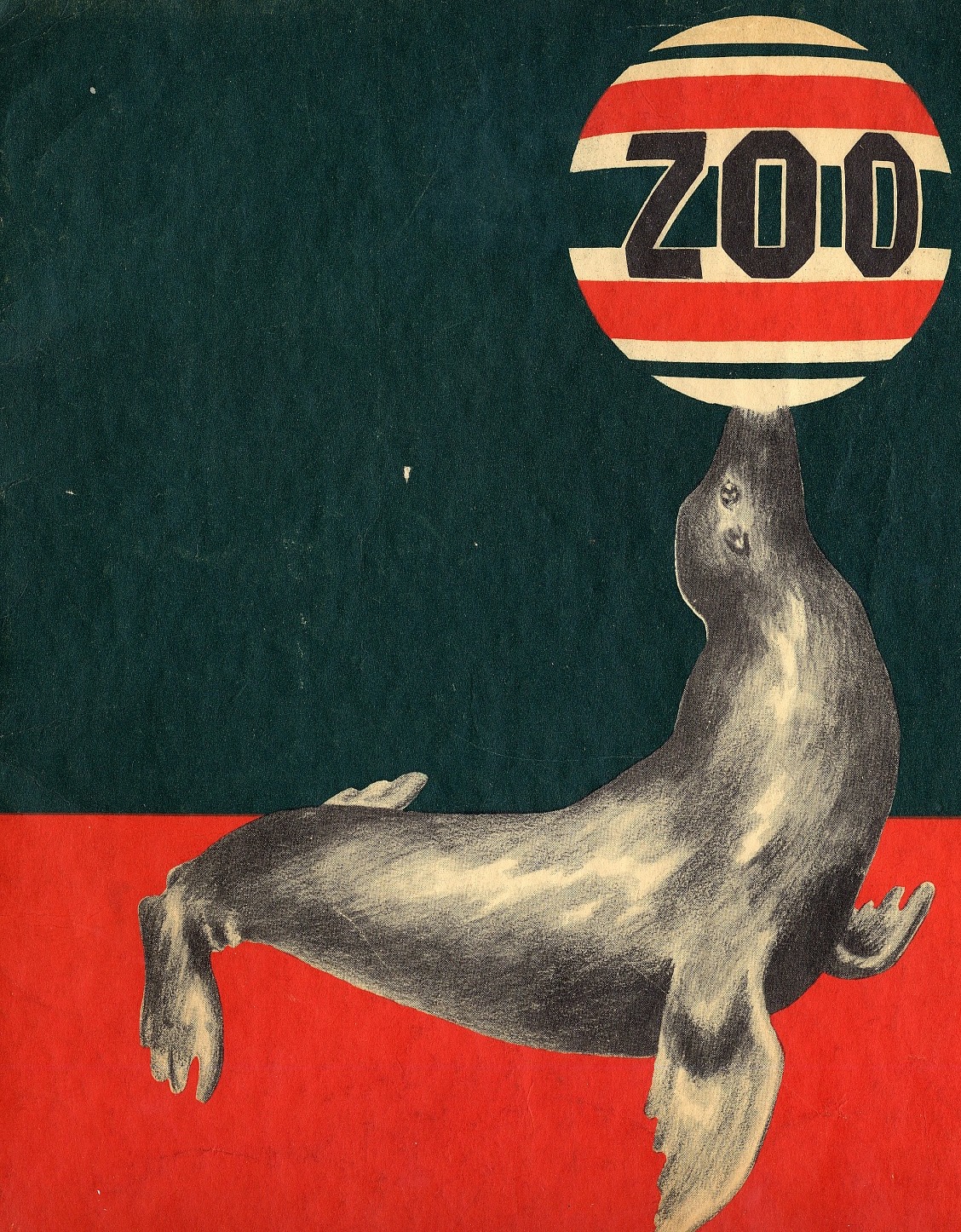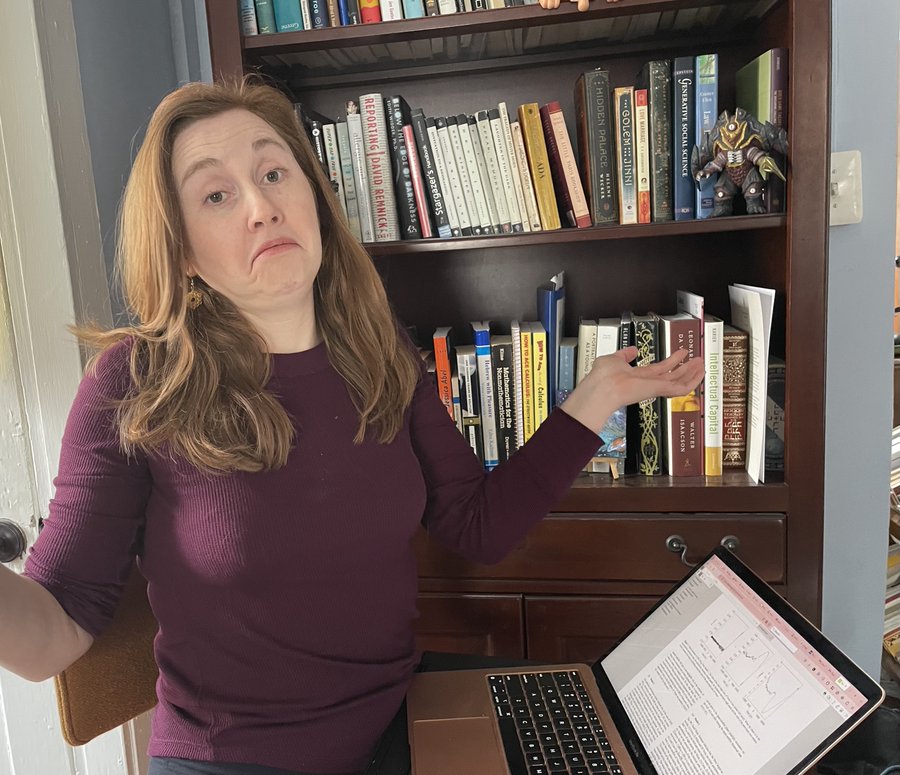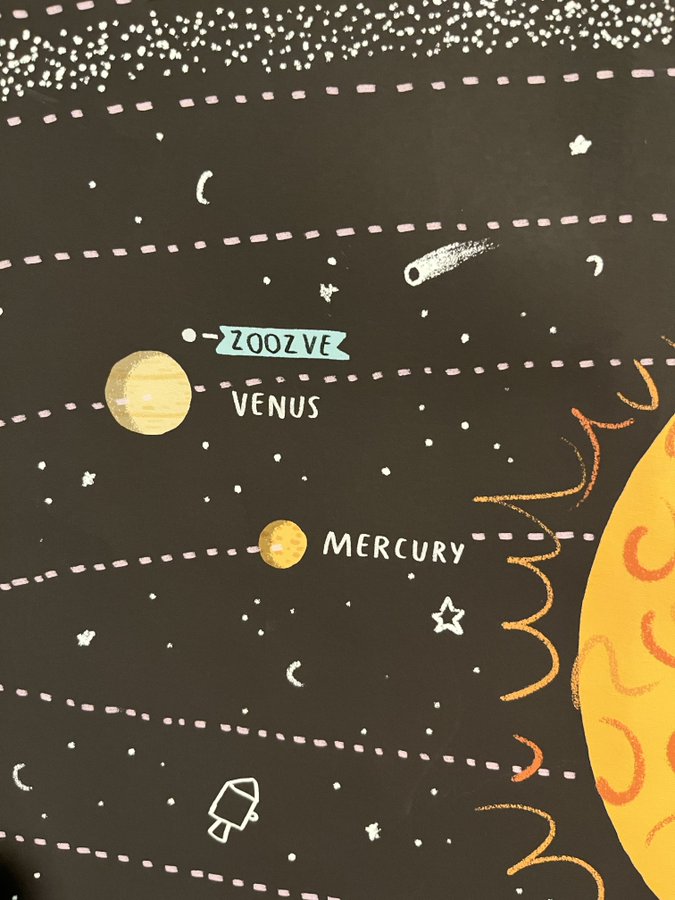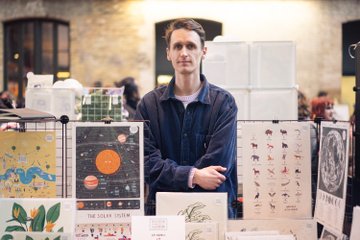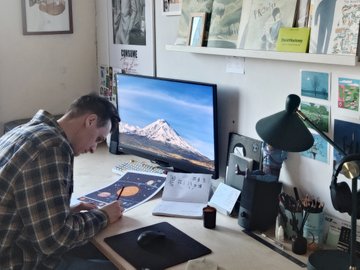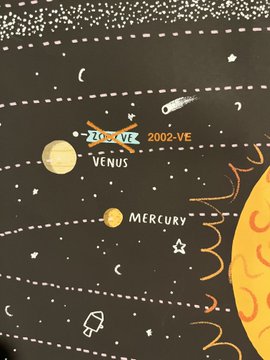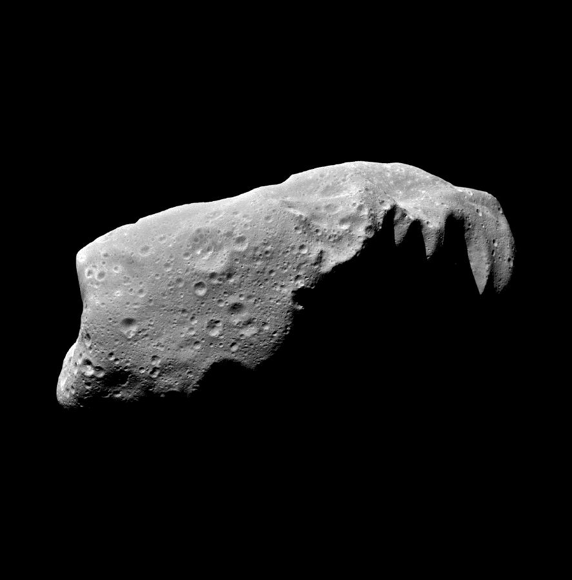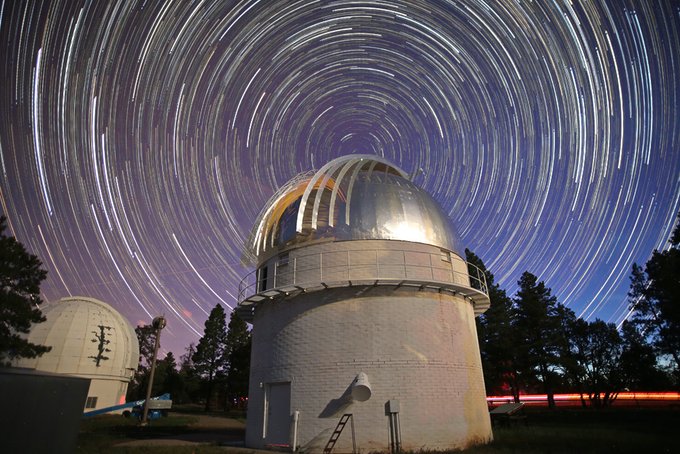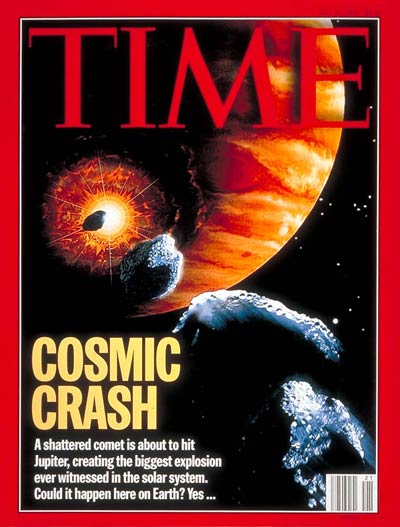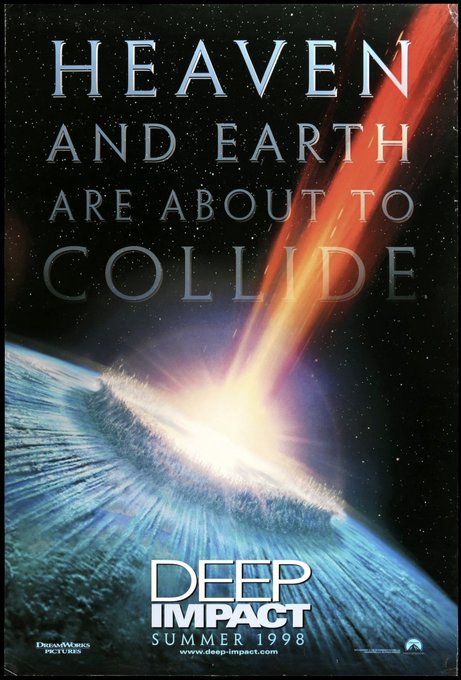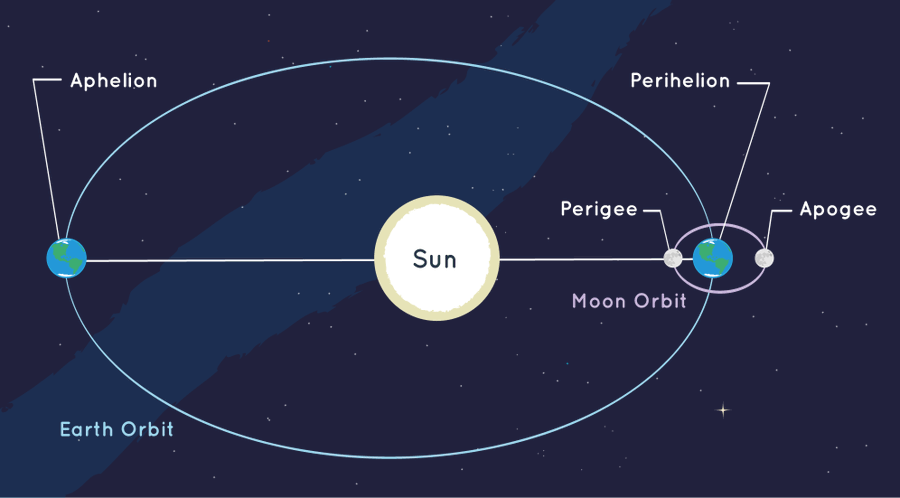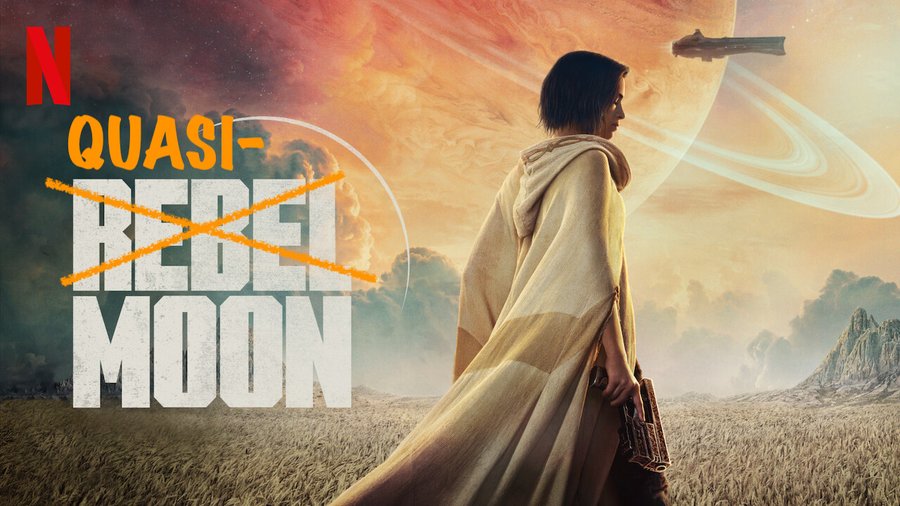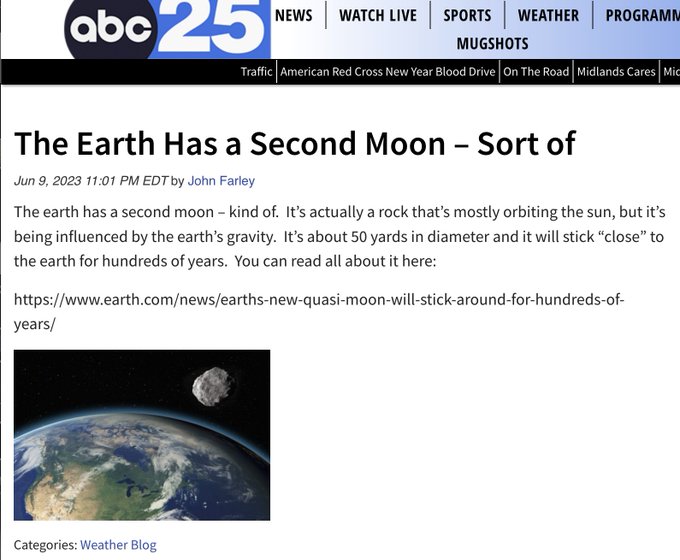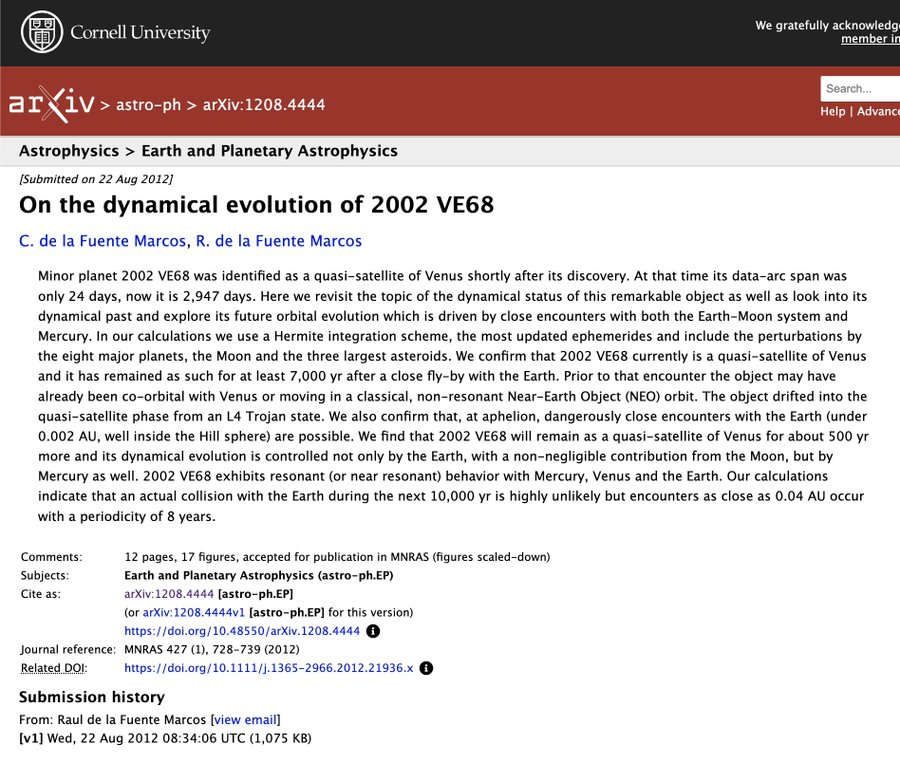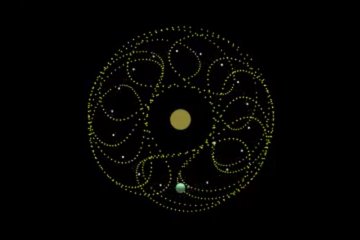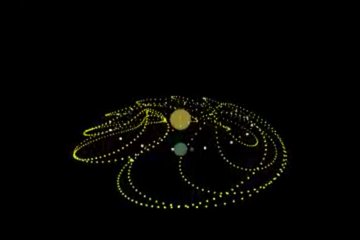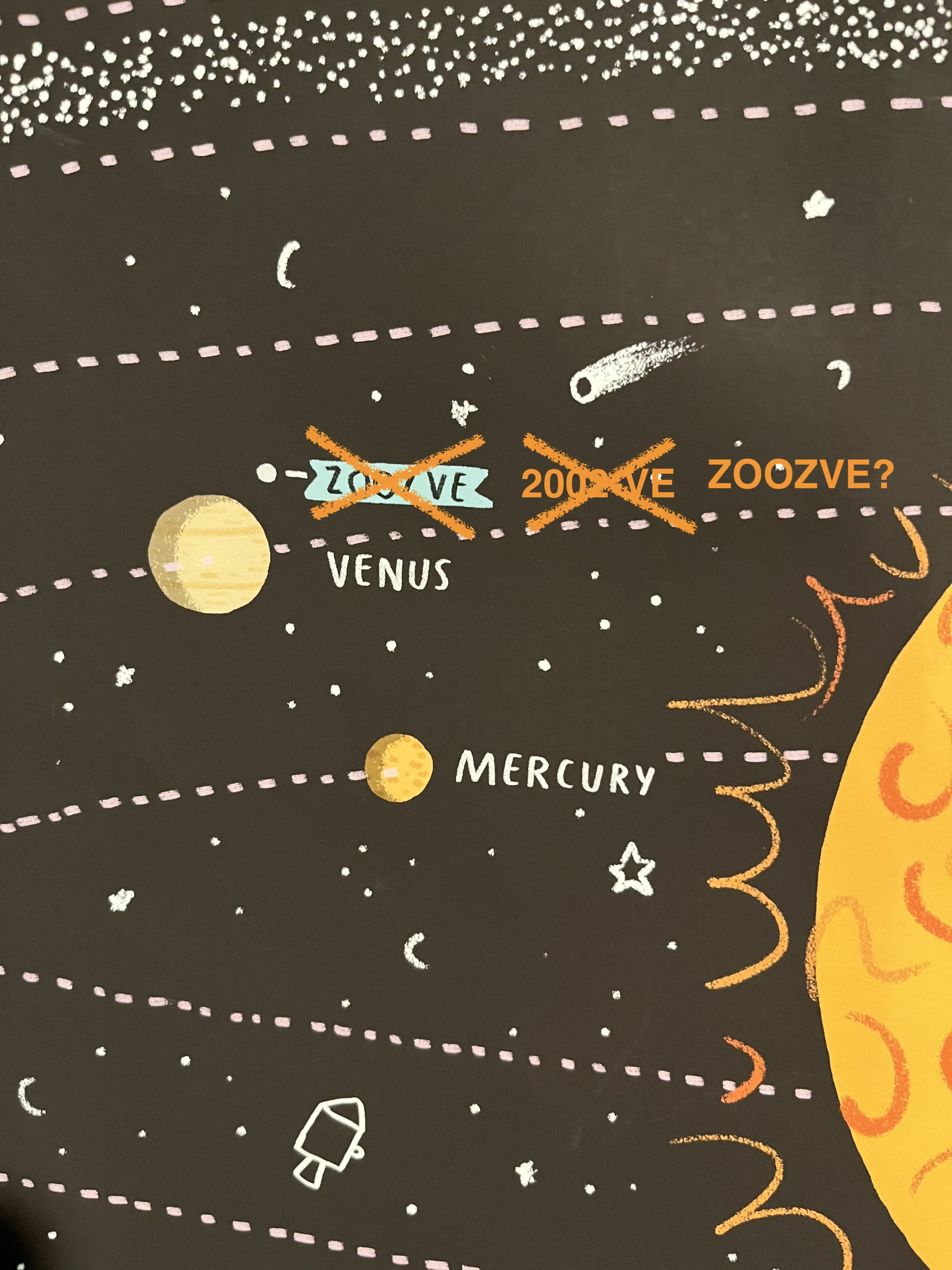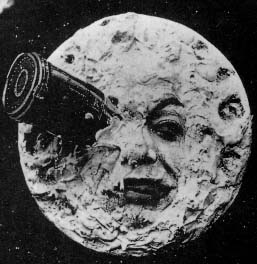
The following is an X (formerly known as Twitter) thread posted by Canadian-American researcher, writer and presenter Latif Nasser (@latifnasser). You can find the original thread here!
Last January, I noticed something peculiar in my 2yo’s bedroom that – after a year of obsessive reporting – led me to a profound cosmic revelation about what’s even possible in our universe. A thread:
So about a year ago, I was putting my little guy to bed in his crib and I noticed a strange detail on the solar system poster up on his wall …
Venus had a moon called Zoozve. Huh, I thought. Never heard of that.
Put the kid to bed, went back to my room and googled “Does Venus have a moon?” First hit was from NASA: “Venus has no moons.” Weird.
Then I googled “Zoozve” and got no results, literally zero results in English. Only results were in Czech and they were about zoos. Not what I was looking for.
I called a friend (@lizlandau) who has worked with NASA for a decade and she confirmed: Venus is completely moonless. And she had definitely never heard of Zoozve.
This started to bug me: why make up a moon on a kids’ poster? And why call it Zoozve?! (Best guess: it was a prank and Zoozve was the illustrator’s dog’s name.)
So I called the illustrator, a Brit named Alex Foster. (He does have a dog, but it’s named Winnie.) He didn’t know much about astronomy but he swore he didn’t make it up. He said he found it on a big list of all the moons online. I believed him, but couldn’t find the list.
Around that time, I got a text from Liz at NASA: “Wait Latif I think I figured it out!!!”
It wasn’t ZOOZVE, it was 2002-VE, which is an actual object near Venus. The illustrator Alex confirmed that he probably misread his own writing. Aha! 2002VE! Okay so what IS 2002VE??
2002-VE68 (its technical designation) is a giant rock. Imagine a gray pockmarked potato the size of the Eiffel Tower. (We don’t have pics of it, but this one is similar.)
But the weirder and harder question: is Zoozve (gonna just keep calling it Zoozve) a moon of Venus or not?
So I tracked down the person who discovered it: Brian Skiff at Lowell Observatory in Arizona.
He has actually discovered so many asteroids that when I talked to him, he had no idea what I was talking about, genuinely didn’t remember this one.
He said that he found it as part of the LONEOS project, an industrial-scale asteroid scavenger hunt that Congress funded during the 90s/00s when everyone was obsessed with what would happen if one hit earth. Sometimes they discovered hundreds of asteroids in a single night.
Once Skiff realized Zoozve wasn’t a threat, he stopped tracking it. BUT I found 2 astronomers who kept looking: Seppo Mikkola in Finland & Paul Wiegert in Canada.
They told me that Zoozve is NOT a moon of Venus. But it’s also NOT NOT a moon of Venus. It’s both and neither. WTH?
Turns out basically everything in our solar system orbits ONE thing. Earth orbits the Sun. The Moon orbits the Earth. Etc. If you are a body in the solar system, you hula hoop one bigger thing. That’s what you do … Except for Zoozve.
Zoozve orbits one thing: the sun. It spends all day every day doing that. BUT Venus also has a teeny gravitational toehold on it such that it ALSO ORBITS VENUS AT THE SAME TIME.
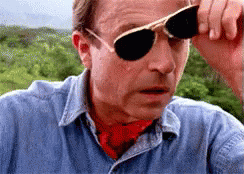
It’s a whole new category of thing. Something that orbits a star and a planet at once. Something that is not a moon, but also not not a moon. They call it … a quasi-moon.
Astronomers had been speculating that such an object could exist for 100+ years, but this was the first time anyone saw one … not only in our solar system but in the entire universe!!
But since they found Zoozve they’ve been finding all sorts of other quasi-moons (aka co-orbital objects) all over the solar system. They ring around the sun, but then seem to do weird patterns around their closest planet:

Some (called Trojans) stay in one spot ahead of or behind the planet, like a secret service agent. Some do horseshoes: go mostly around a planet but then turn around and go back the other way. My favorites do a comma shape, just wiggling back & forth. Those are called tadpoles.

And by the way, Earth even has at least seven different quasi moons dancing around us right now!!! The most recent one was discovered in 2023!!
Also, quasi-moons can switch planets! We (Earth) were probably the ones who – 7,000 yrs ago – flung Zoozve over to Venus in the first place. Zoozve is going to leave Venus a few millennia from now, but no one knows where it will go next.
Anyway, I think this is so cool because everything else on the solar system map is so regular and orderly, but not quasi-moons! It’s like we discovered a bunch of new weirdos who seem to be dancing to the beat of their own drum.

Contrary to the posters, we don’t live in a big clockwork, we live in a dance club, and while some of us are doing the same old waltz with our same old moon, there are bodies out there do-si-do-ing their way all over the solar system.

How inspiring is it that we are alive at a time when we are just discovering this new class of paradoxical and promiscuous rock stars like Zoozve that remind us how weird and temporary and connected everything in the universe is. And how much we still don’t know.
One last thing. If you want to hear more about this strange object, check out the latest episode of Radiolab. Tons more there I haven’t mentioned here.
Including my detailed plan to officially rename 2002-VE68 to “ZOOZVE” to immortalize the typo and thus retroactively make the poster in my kid’s room correct! This plan falls into the category of so-crazy-it-just-might-work. And we will know the answer VERY soon. END OF THREAD.
Photo credits:
Photo of Alex Foster at home by Alex Foster; Photo of Alex at poster display by Spoon Shao.
Photos of Liz Landau by Ben Klemens.
Photo of Brian Skiff by Cody Half-Moon
Photo of Lowell Observatory by Tom Polakis.
RL episode art by Jared Bartman.
GIFs of quasi-moon orbits all from Phoenix7777
Image of Cruithne rock star orbit from Britoca and Astroras YouTube channels.
